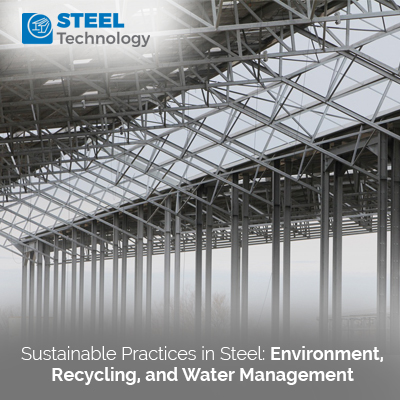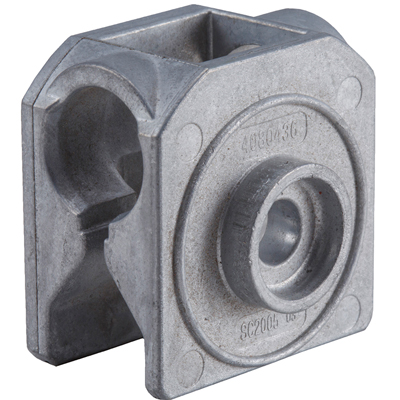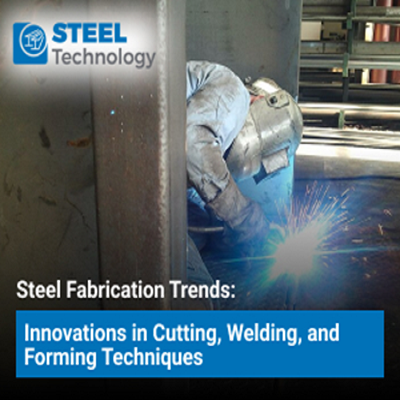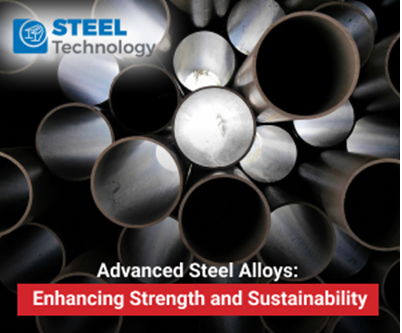Articles
Sustainable Practices in Steel: Environment, Recycling, and Water Management

In recent years, sustainability has become a key focus for industries worldwide, and the steel industry is no exception. In this article, we explore the various sustainable practices adopted by steel manufacturers, with a particular emphasis on environment, recycling, and water management.
Environmental Impact of the Steel Industry
The steel industry has long been associated with significant environmental impacts. Traditional steel production processes involve the extraction of raw materials, such as iron ore and coal, which contribute to deforestation, habitat destruction, and increased carbon emissions. Furthermore, the production of steel is energy-intensive, which further adds to its environmental footprint.
However, advancements in technology and industry-wide initiatives have led to substantial improvements in reducing the environmental impact of steel production. Steel manufacturers are increasingly adopting innovative practices to minimize their carbon footprint and optimize resource utilization. These sustainable practices aim to strike a balance between economic growth and environmental stewardship.
One such practice is the adoption of cleaner and more efficient technologies. Steel manufacturers are investing in state-of-the-art equipment and processes that are designed to reduce energy consumption and emissions. For example, electric arc furnaces are increasingly replacing traditional blast furnaces, as they require less energy and emit fewer greenhouse gases. Additionally, the use of renewable energy sources, such as wind and solar power, is gaining traction in the steel industry, further reducing its carbon footprint.
In addition to technological advancements, industry-wide initiatives are playing a crucial role in improving the environmental sustainability of the steel industry. Collaborations between steel manufacturers, government bodies, and environmental organizations are leading to the development of comprehensive sustainability frameworks. These frameworks encompass various aspects, including resource efficiency, waste management, and emissions reduction. Through such initiatives, the steel industry aims to transition towards a more sustainable future.
| Also Read:Towards Zero Waste: Innovations in Steel Recycling and Disposal |
Recycling in the Steel Industry
Recycling is one of the key pillars of sustainable steel production. Steel is one of the most recycled materials globally, with an impressive recycling rate. The process of recycling steel involves melting down scrap steel and transforming it into new products. This not only saves energy and reduces greenhouse gas emissions but also conserves natural resources.
The recycling of steel offers numerous benefits to both the environment and the economy. Firstly, it reduces the need for virgin raw materials, such as iron ore and coal, thereby conserving natural resources. This helps to preserve ecosystems and reduce the environmental impact associated with resource extraction.
Secondly, steel recycling significantly reduces energy consumption. The production of steel from recycled materials requires less energy compared to the production from virgin materials. This energy-saving aspect of steel recycling contributes to the reduction of greenhouse gas emissions, helping combat climate change.
Furthermore, steel recycling plays a vital role in waste management. By diverting scrap steel from landfills, it reduces the burden on waste disposal facilities and promotes a circular economy. The circular economy model aims to minimize waste generation by keeping materials in use for as long as possible through recycling and reusing.
Benefits of Steel Recycling
The benefits of steel recycling extend beyond environmental conservation. Steel recycling also has economic advantages. The steel recycling industry creates jobs and contributes to economic growth. It provides employment opportunities at various stages of the recycling process, from collection and sorting to processing and manufacturing.
Moreover, the steel industry benefits from the availability of recycled steel as a raw material. Recycled steel offers the same quality and properties as virgin steel, making it a viable alternative. The use of recycled steel reduces the demand for virgin materials, which can be costly and environmentally damaging to extract. This, in turn, helps to stabilize steel prices and enhances the industry's resilience.
In addition to economic and environmental benefits, steel recycling also contributes to the reduction of air and water pollution. The recycling process involves the removal of impurities, resulting in cleaner and purer steel. This reduces the emissions of harmful pollutants during steel production and leads to improved air quality. Furthermore, the efficient management of steel recycling processes helps to prevent water pollution, ensuring the protection of aquatic ecosystems.
Water Management in the Steel Industry
Water management is a crucial aspect of sustainable steel production. Steel manufacturing processes require significant amounts of water for cooling, cleaning, and other operational purposes. However, the excessive consumption of water can strain local water resources and have adverse environmental impacts.
To address these challenges, steel manufacturers are implementing strategies to minimize water consumption, improve water quality, and enhance wastewater treatment processes. One such strategy is the adoption of water recycling and reuse systems. These systems enable the treatment and reuse of wastewater generated during the steel production process, reducing freshwater consumption and minimizing the discharge of pollutants into natural water bodies.
Additionally, advanced water treatment technologies are being employed to enhance the quality of wastewater. These technologies remove contaminants and pollutants, ensuring that the discharged water meets stringent environmental standards. By implementing these technologies, steel manufacturers can minimize their environmental footprint and comply with regulatory requirements.
Furthermore, water management practices in the steel industry extend beyond the manufacturing process. Steel manufacturers are also actively engaged in watershed management and conservation efforts. These initiatives aim to protect and restore natural water bodies, such as rivers and wetlands, which are essential for maintaining ecological balance and supporting biodiversity.
Innovations in Water Conservation in Steel Manufacturing
The steel industry is continuously striving to improve water conservation practices through innovation and research. One such innovation is the development of closed-loop systems. These systems aim to minimize water consumption by recycling and reusing water within the manufacturing process. By reducing the reliance on freshwater sources, closed-loop systems contribute to sustainable water management in the steel industry.
Another area of innovation is the use of advanced water treatment technologies. These technologies employ cutting-edge filtration and purification techniques to treat wastewater and make it suitable for reuse. By investing in these technologies, steel manufacturers can optimize water utilization, reduce their environmental impact, and ensure compliance with stringent regulations.
Additionally, the adoption of water-efficient equipment and processes is gaining momentum in the steel industry. Manufacturers are increasingly investing in technologies that require less water to achieve the same production output. This not only conserves water resources but also improves overall operational efficiency.
Regulations and Certifications for Sustainable Steel Production
Regulatory frameworks and certifications play a vital role in promoting sustainable steel production. Governments around the world are implementing regulations to enforce environmental standards and encourage the adoption of sustainable practices in the steel industry. These regulations focus on emissions reduction, waste management, and water conservation, among other aspects.
Furthermore, certifications such as ISO 14001 (Environmental Management System) and ISO 50001 (Energy Management System) provide a framework for steel manufacturers to assess and improve their environmental performance. These certifications help companies establish effective environmental management systems and demonstrate their commitment to sustainability to stakeholders.
Challenges and Future Prospects of Sustainable Steel Practices
While significant progress has been made in adopting sustainable practices in the steel industry, several challenges remain. One of the key challenges is the high upfront cost associated with implementing sustainable technologies and practices. The adoption of cleaner and more efficient technologies requires substantial investment, which can be a barrier for smaller steel manufacturers.
Additionally, the steel industry operates in a competitive global market, where price and cost considerations often take precedence over sustainability. This can create a challenge for companies that are committed to sustainable practices but face pressure to reduce costs and remain competitive.
However, despite these challenges, the future prospects for sustainable steel practices are promising. There is growing awareness and recognition of the importance of sustainability in the steel industry, both from stakeholders and consumers. This has resulted in increased demand for sustainably produced steel, creating opportunities for companies that prioritize sustainability.
Moreover, advancements in technology and ongoing research and development efforts are driving innovation in the steel industry. New technologies and processes are being developed to further improve resource efficiency, reduce emissions, and enhance water management. As these innovations continue to evolve, the steel industry will be better positioned to achieve its sustainability goals.
Conclusion
The steel industry is undergoing a transformative journey towards sustainability. Through the adoption of innovative practices, such as recycling, water management, and cleaner technologies, steel manufacturers are reducing their environmental footprint and contributing to a more sustainable future. The benefits of sustainable steel practices extend beyond environmental conservation and include economic advantages, improved waste management, and enhanced water quality. While challenges exist, the future prospects for sustainable steel practices are promising, driven by growing awareness, advancements in technology, and evolving industry standards. By embracing sustainable practices, the steel industry can continue to thrive while minimizing its impact on the environment.









